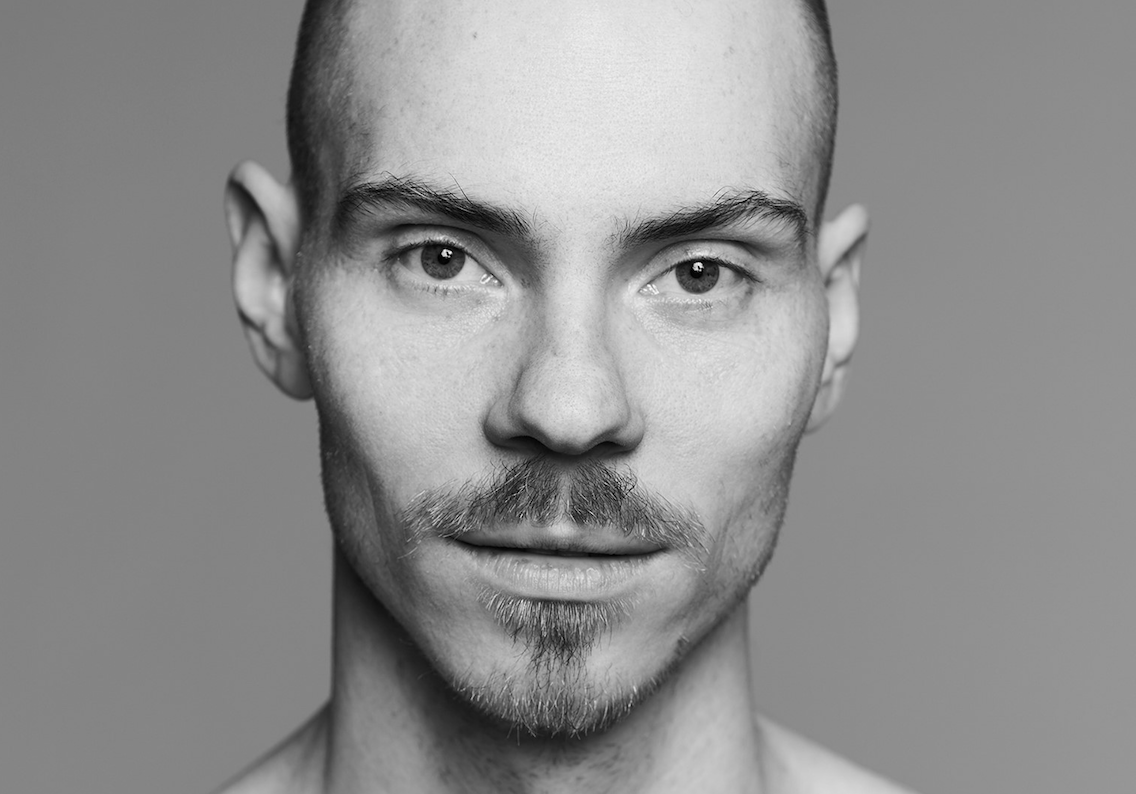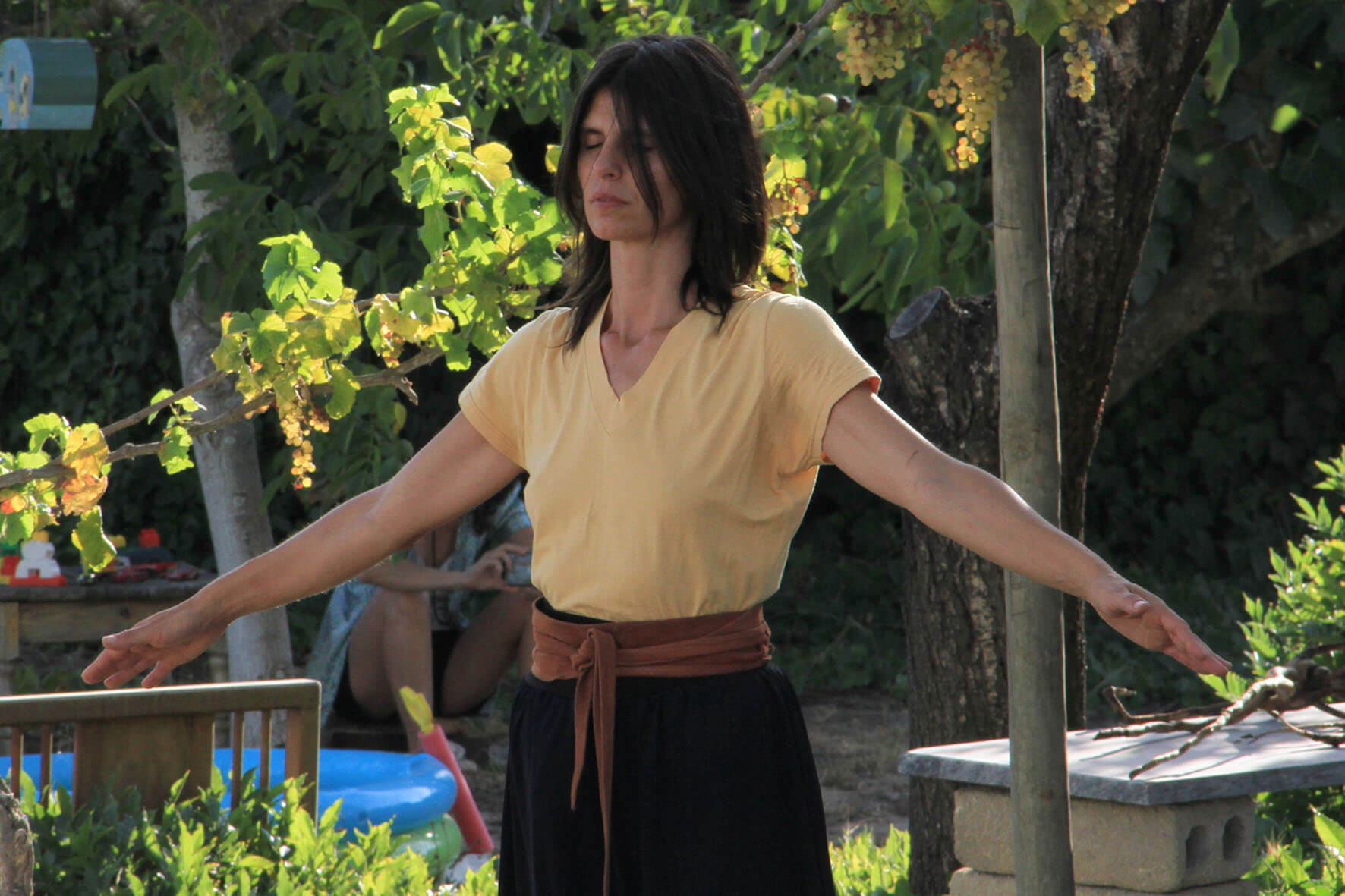
Ivana Müller explores the poetics of language, rethinks the notion of body, movement and voice and their forms of representation, revisits the place of imagination and the imaginary, and questions the idea of “participation” through her choreographic and theatrical work as well as her performances, installations, texts and videos. In her experimental, radical and formally innovative work, she often considers the idea of social choreography. The notion of the collective and collaboration is equally important in Ivana Müller’s approach to artistic practice itself. She often works in collaboration with artists, theorists, writers and gardeners, applying the principles of conversation and other forms of collective writing to the creation of the work. She teaches or has taught frequently, notably at the Institute for Applied Theatre Studies in Giessen, Université Paris 8, University of the Arts Zürich, University of the Arts Berlin, P.A.R.T.S. Bruxelles, e.x.e.r.c.e de ICI-CCN de Montpellier, CNDC Angers, DAS Theater-Amsterdam, and others.







